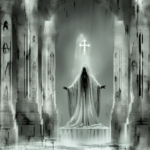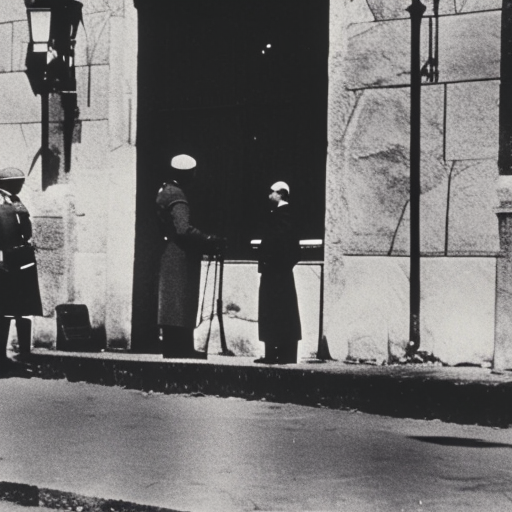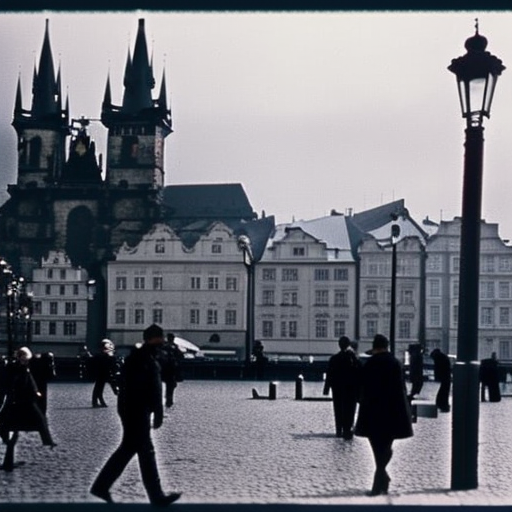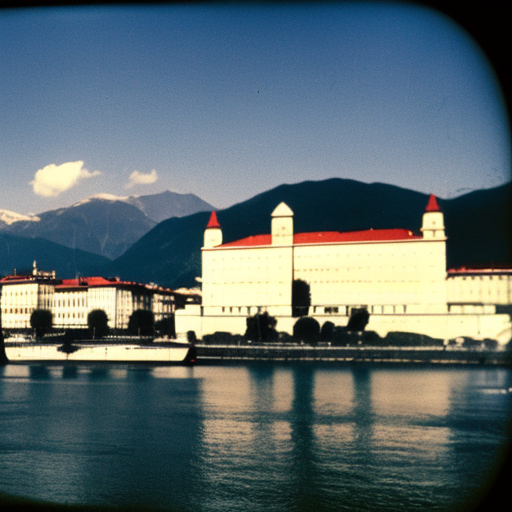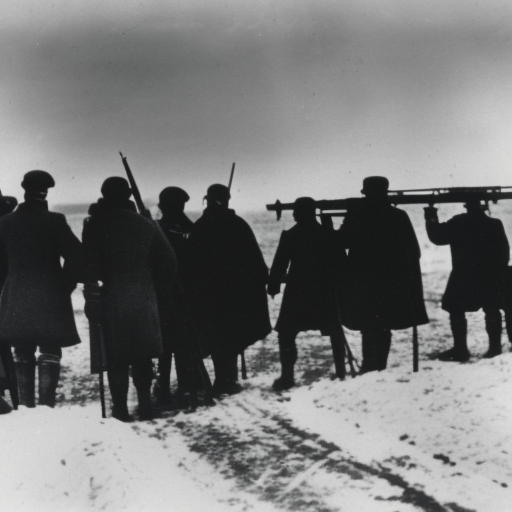The Warsaw Pact (1955)
The Warsaw Pact was a military alliance formed in 1955 by the Soviet Union and seven other Eastern European countries in response to the establishment of the North Atlantic Treaty Organization (NATO) by Western powers. The main purpose of the Warsaw Pact was to create a collective defense system among its member states and to counterbalance the perceived threat posed by NATO.
Background
After World War II, Europe was divided into two ideological blocs: the Western capitalist countries led by the United States and the Eastern communist countries led by the Soviet Union. Tensions between these two blocs escalated, leading to the formation of NATO in 1949. The creation of NATO was seen by the Soviet Union as a direct threat to its security and influence in Eastern Europe.
Formation of the Warsaw Pact
In response to NATO, the Soviet Union initiated the formation of the Warsaw Pact. On May 14, 1955, the Treaty of Friendship, Cooperation, and Mutual Assistance was signed in Warsaw, Poland, by the Soviet Union, Albania, Bulgaria, Czechoslovakia, East Germany, Hungary, Poland, and Romania. These countries became the founding members of the Warsaw Pact.
Objectives and Structure
The Warsaw Pact aimed to provide collective defense for its member states against any aggression from NATO. It established a unified military command structure, with the Supreme Commander of the Warsaw Pact being the Soviet Marshal Ivan Konev. The member states were required to maintain armed forces and contribute to the collective defense effort.
Role of the Soviet Union
The Soviet Union played a dominant role within the Warsaw Pact. It provided military and economic assistance to its allies, and its armed forces were the most powerful within the alliance. The Soviet Union also had the authority to intervene militarily in any member state if it perceived a threat to the socialist system.
Relations with NATO
The Warsaw Pact and NATO were rival military alliances, representing the two opposing blocs of the Cold War. Both alliances engaged in a series of military build-ups and exercises, heightening tensions between the East and the West. The existence of the Warsaw Pact and NATO contributed to the division of Europe and the arms race during the Cold War.
End of the Warsaw Pact
With the end of the Cold War and the collapse of the Soviet Union in 1991, the Warsaw Pact lost its purpose and relevance. The member states of the Warsaw Pact gradually transitioned to democratic systems and sought closer ties with the West. The Warsaw Pact officially dissolved on July 1, 1991, marking the end of an era in European history.
Legacy
The Warsaw Pact left a lasting impact on the geopolitical landscape of Europe. It solidified the division between the East and the West during the Cold War and contributed to the arms race and tensions between the superpowers. The alliance also served as a tool for the Soviet Union to maintain control over its satellite states in Eastern Europe.
In conclusion, the Warsaw Pact was a military alliance formed by the Soviet Union and several Eastern European countries in response to NATO. It aimed to provide collective defense against NATO and solidify the Soviet Union’s influence in Eastern Europe. The Warsaw Pact dissolved with the end of the Cold War, but its legacy continues to shape the history of Europe.
